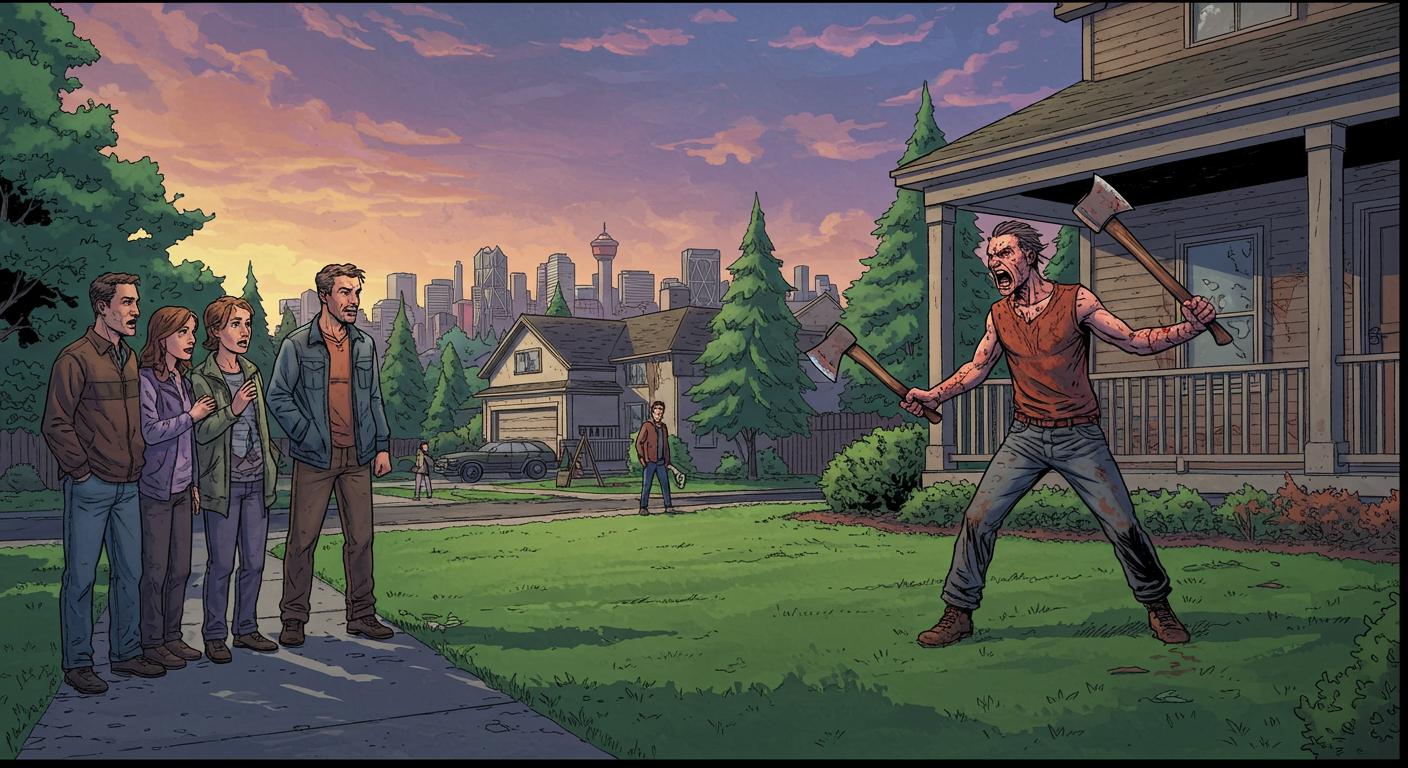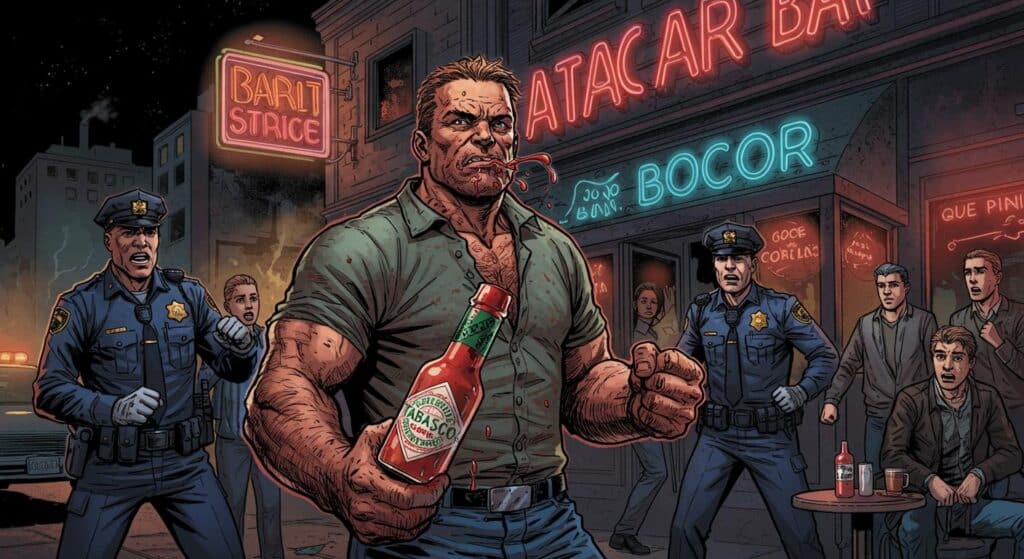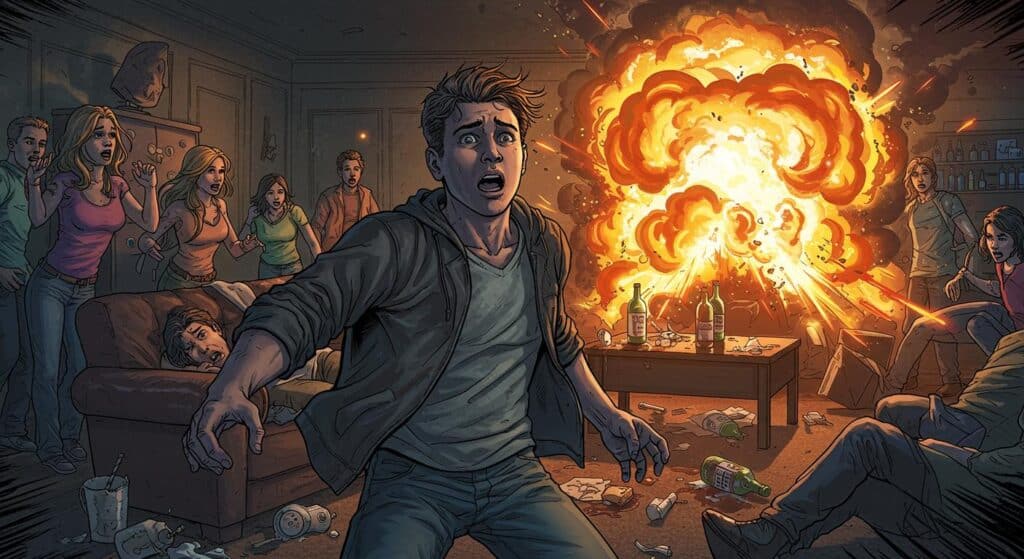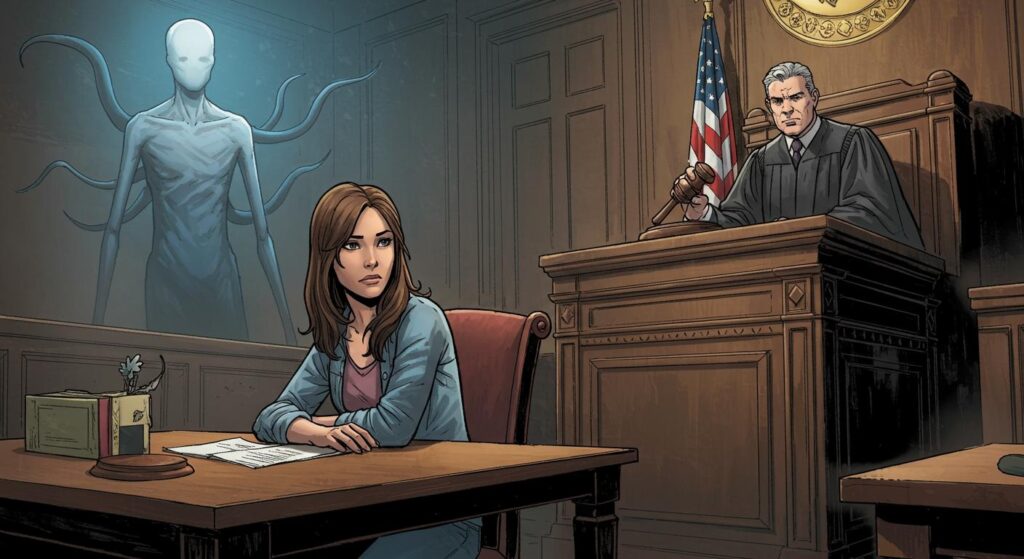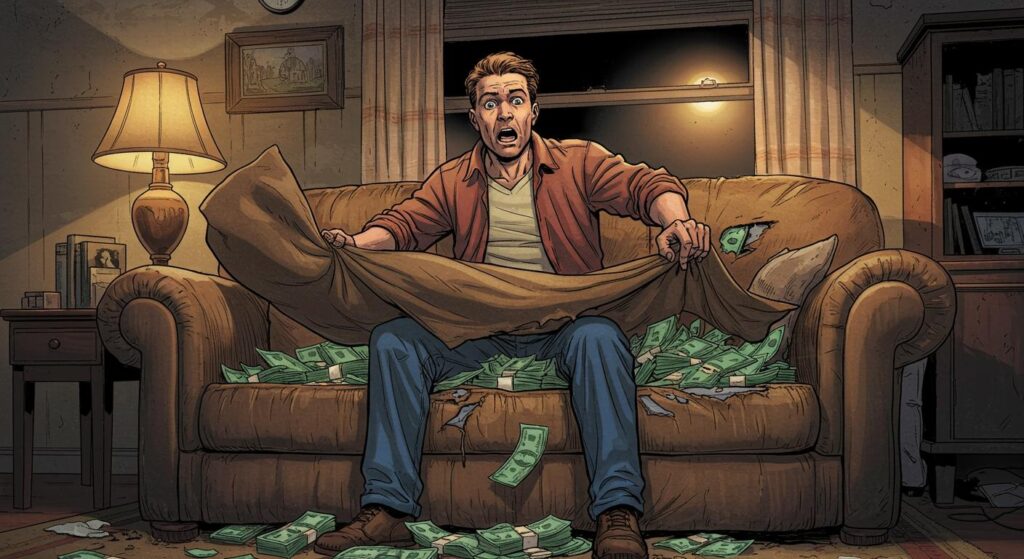There’s something both reassuring and quietly unnerving about familiar neighborly disputes. Maybe the odd lawn-mower-related squabble, a rogue garbage can, or the sudden arrival of Christmas decorations—a full two months early. But I confess, I had not expected “waving hatchets at the property line while shouting racial abuse” to feature in the homeowner’s manual for pressing neighborhood problems. Yet, this is exactly what has unfolded for one family in southeast Calgary, as CTV News documents in detailed reporting.
From Garden Tools to Evidence
As outlined in CTV News, Joffrey De Villa and his family—longstanding residents without prior notable neighbor drama—were propelled into an unexpected surveillance operation after De Villa’s truck was vandalized outside their home last October. Wanting peace of mind, the family installed security cameras. Rather than the usual fare of neighborhood wildlife, the footage captured their next-door neighbor, dual hatchets in hand, hacking away at their planters while unleashing racial slurs—a sequence that apparently surprised everyone, given they’d previously had only pleasant interactions.
De Villa recounted to the outlet that, following this incident, police classified it as a mental-health situation. For most people, learning your neighbor has been wielding hatchets on your property and hearing that “it’s a mental-health matter” from first responders is probably not among the more comforting responses. De Villa called 911 repeatedly in subsequent months, as new videos and disturbances accumulated—including footage of the neighbor kicking the garage and again appearing with hatchets on their front step while cursing and yelling slurs.
Officials, Offenses, and Ongoing Uncertainty
CTV News reports that the Calgary Police Service received four reports in relation to disturbances, property damage, and uttering threats connected with these events. Current statements from CPS underscore that while the neighbor’s “behavior is concerning,” there remains insufficient evidence at this stage to support criminal charges. Investigations are ongoing, and additional evidence could lead to charges if the threshold is met. Sgt. Chris Warren, speaking to the outlet, emphasized the role of mental-health specialists working with officers with a general hope that once supported, such behaviors are mitigated—but he also admitted the process is often tough and far from immediate resolution.
Legal perspectives in the article leave little ambiguity: Doug King, a legal expert at Mount Royal University, remarked that standing in front of a neighbor’s door wielding hatchets while shouting racial epithets is, by the letter of Canadian law, an explicit offense. King’s view, as the outlet outlines, is unequivocal: “Police are dealing with fire here. The police have got to up their game here.” There’s an inherent tension presented—the machinery of policy and policing contending with situations that clearly alarm those on the receiving end.
In the midst of this, the De Villa family remains in place. They’ve lived there twelve years, raised a son, and previously coexisted quietly with the individual in question. According to CTV News, they’re now weighing whether to move despite dearly wanting to stay. Yet as De Villa points out, a change of address offers no guarantees of a hatchet-free future.
The Irony of “Peace of Mind”
The De Villa family voices a sentiment that feels all too relatable: understanding that mental-health issues complicate matters, but also seeking support and safety for themselves. De Villa is quoted as saying, “We need peace of mind. I want my house to be my sanctuary.” Instead, their reality is nightly vigilance, a growing archive of security videos, and an uncertain wait for official response.
The outlet further notes that practical recourse for homeowners dealing with something like this is limited. Legal experts commented that while complaints can be made against police, or restraining orders sought for property damage, these are lengthy and potentially costly processes. For now, the broad guidance boils down to: get indoors, keep records, and call 911—a set of instructions that feels at once logical and faintly absurd if you’re the one staring at hatchet footage over breakfast.
A Closing Reflection on the Everyday Absurd
Consider, for a moment, how swiftly circumstances can snowball from routine suburban life into territory more at home in late-night television crime re-enactments. Reviewing this account, the true oddity isn’t only in a neighbor losing control, but in how permeable the boundary seems to be between “all’s quiet” and “why is my neighbor wielding axes on my lawn?”
How many of us truly know what’s unfolding just across the fence, or just how prepared the systems meant to preserve public safety are for moments of distress, danger, and ambiguity? Maybe somewhere it’s time to update the neighborhood watch sign—perhaps in smaller print: “Please, no axes.” But really, who writes the rules for normal, much less safe?
One can only hope that Calgary sees a sensible and swift solution—a return of hatchets to sheds, and “sanctuary” restored to its rightful definition: simply, quietly, home.

